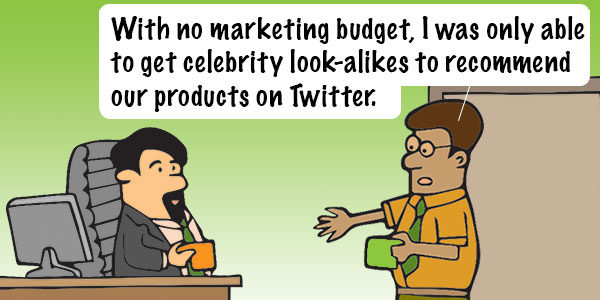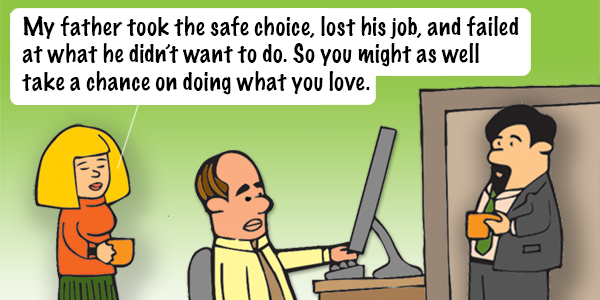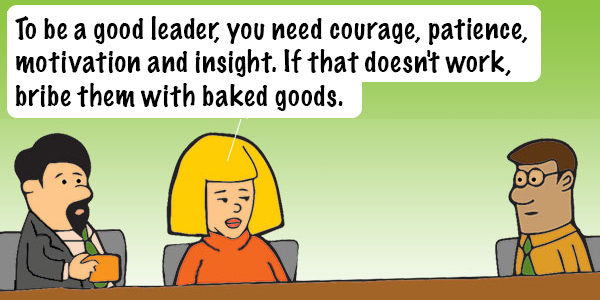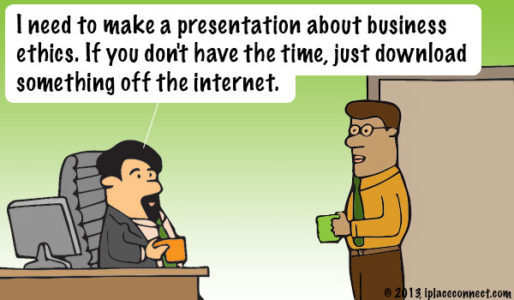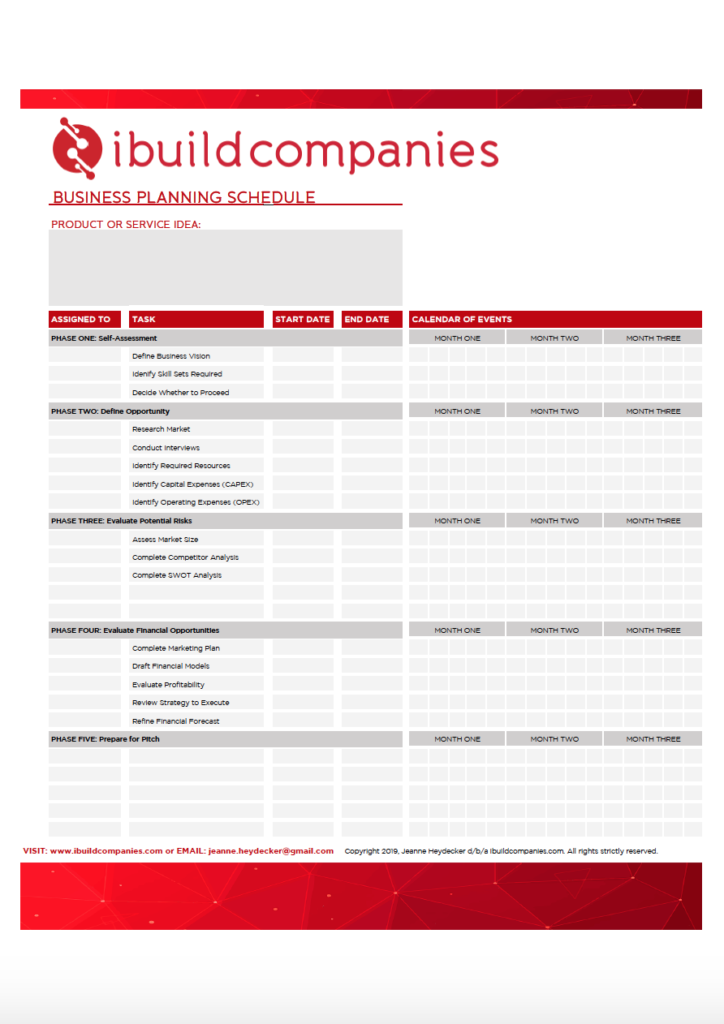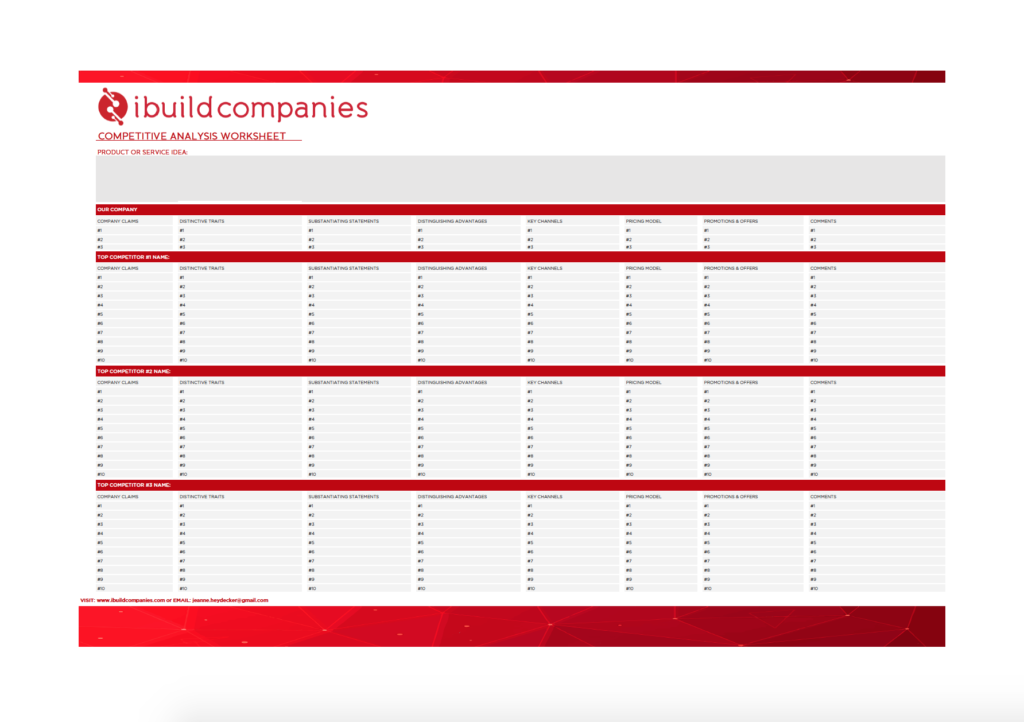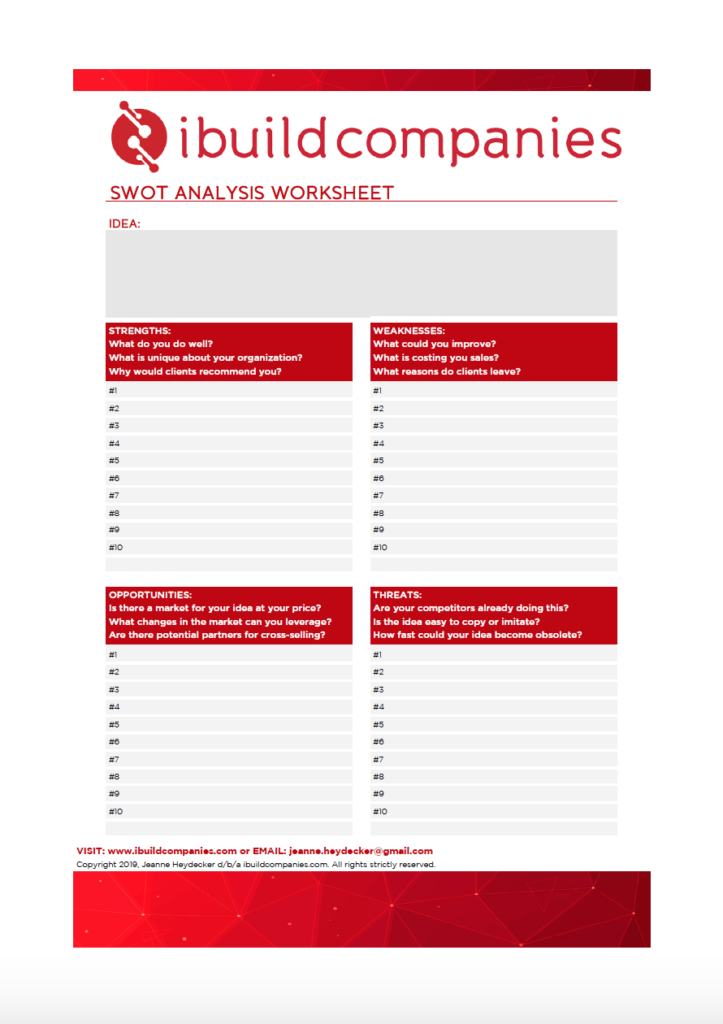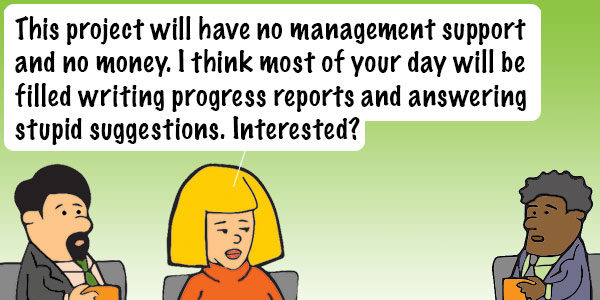June 2, 2019
Maximize Team Performance

Appraisals and performance management programs are time consuming and don’t necessarily bring you any tangible results. We’ve tried simple forms with a list of attributes to measure, 360 appraisals, psychometric testing, the works. They can be extremely biased, even outright discriminatory. These meetings are emotionally charged and the listeners only hears one thing – the uptick in percentage of salary they will receive. They don’t listen to the performance data, their attitude, issues with their behavior – nearly everyone goes into the meeting with expectation of a raise and sometimes a promotion and no one is happy with what they get.
Incentives are regular bonuses paid to team members who meet defined targets within a specified period. One thing I have always advocated for is performance incentives given often – once a month or quarter being much better than annually.
I use a methodology called SMART:
- Simple: It is easy to understand what is to be accomplished. This could be the number of widgets manufactured a dollar number of sales,
- Measurable: The target is easy to quantify through data whether it has been achieved.
- Achievable: The person can actually achieve the target if they work hard and effectively.
- Relevant: The work is based on achieving an outcome relevant to the company and the client.
- Time-Based: It is easy to understand when the target needs to to be achieved.
This process can be used for products and services as well as across the company. It cannot be as biased or as emotionally charged as an annual appraisal meeting. There is one caveat to this and bear this in mind. Some people will game the system, either out of greed or sheer stupidity. I once had a sales incentive program for an office supply company and one of the products was rolls of scotch tape. They cost the company 30 cents and the retail price was $1.20. We were offering 5 cents for each roll sold by the sales team. One sales guy sold 100,000 rolls of tape to a major university for 28 cents each, causing the company to lose $2,000. He still expected his 5 cents per roll.
Set up your individual incentive meetings instead of having appraisal meetings. Negotiate with the individual what they think is appropriate (For example, if the person made two sales last month at $10,000 each, don’t expect them to do five sales the following month unless that’s realistic.) You want the incentive to be challenging enough to make the team member stretch to reach it, but not make it impossible. They should agree to the goals that are set in place for him/her. To make this more palatable, instead of an “all or nothing” incentive, you can always use a sliding scale so that if the team member was able to deliver $45,000, they would still get a significant incentive for more than doubling their previous month’s sales.
As for the team as a whole, this means each individual has a set of targets to meet in order to get paid incentives, but the team as a whole needs to achieve a whole different set of goals to meet a team incentive. This can be as simple as just adding up the entire team’s numbers, but I typically add in a little bit more to the mix. Maybe it’s a percentage from new clients only or from a certain industry sector. I know, that sounds like more work but here’s why it’s important that you do both:
- Individual “A” players should get paid better than average players on the team. They are valuable to your company and deserve it. They want to play with other “A” players and underperformers will not challenge an “A” player to strive to get even better.
- Individuals who don’t don’t make their personal targets will keep the team from achieving their team targets. This sets up two different herd mentalities depending on the team:
- The team will get together and help the underperformer achieve their targets in order for them to get their team incentive. This helps the underperformer learn how to do their job better through team mentoring, therefore solidifying the trust and sharing of information amongst the team, or
- The underperformer will be quickly ostracized and leave the job due to a perceived hostile work environment. This typically happens when the underperformer refuses their help and blames others for their situation.
Let your teams manage their teams. Let them think about faster ways to do things better in order to achieve those targets. As they achieve more, increase the targets incrementally and their corresponding incentives. They’re making more money for the firm – so give them a piece. I doesn’t hurt to share the wealth and your “A” players will stay longer, be more loyal, recommend your company to their friends who are also typically “A” players… It’s a win-win-win all around.
One thing that can also create competition is make it clear what everyone’s targets are, along with the team target they share and plot that on a white board, updating it daily. Use green for on schedule to make targets and red when they’re not. Employees may not feel comfortable with this at first, but I have found that when everyone is in the green, the difference in team dynamics is positive and engaged. When I see a lot of red, I can step in and see what I can do to address their frustrations and challenges.
Try it out in your company and tell me how it works for you.



